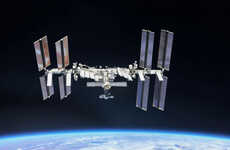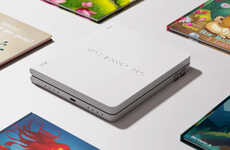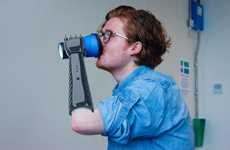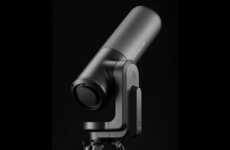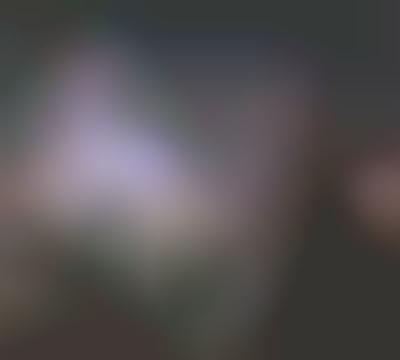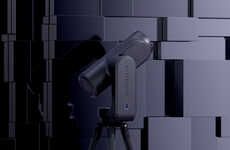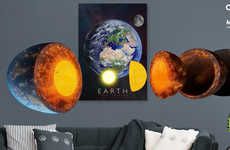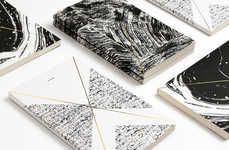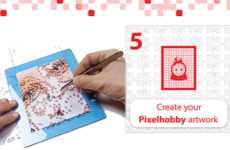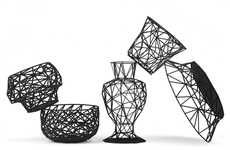
Astronomers Have Recreated Space for the Blind Through 3D Printing
Tiffany — January 23, 2014 — Art & Design
References: psfk
For those who are incapable of ever imagining the beauty of the intergalactic space in our atmosphere, Astronomers Carol Christian and Antonella Nota of the Space Telescope Science Institute have managed to recreate the celestial beauty of outer space for the blind by using 3D printing technology. The use of 3D printing will be implemented on tactile printed versions of constellations shot from the Hubble telescope.
The three dimensional models of the constellations is envisioned to be used for lessons in astronomy designed specifically for the blind to allow them to feel the stars at the tips of their fingers.
One of the astronomers Nota explains the difficult nature of the 3D printed structure: "the work is scientific, but it’s also guesswork and artistry to try to produce an object, which printed, will look like the image that Hubble has taken. So, we are basically designing the process from scratch."
The three dimensional models of the constellations is envisioned to be used for lessons in astronomy designed specifically for the blind to allow them to feel the stars at the tips of their fingers.
One of the astronomers Nota explains the difficult nature of the 3D printed structure: "the work is scientific, but it’s also guesswork and artistry to try to produce an object, which printed, will look like the image that Hubble has taken. So, we are basically designing the process from scratch."
Trend Themes
1. Tactile 3D Printing - The use of 3D printing technology to create tactile printed versions of constellations for the blind.
2. Inclusive Education - Designing astronomy lessons specifically for the blind, allowing them to experience space through touch.
3. Science and Art Collaboration - Combining scientific knowledge and artistry to create accurate 3D printed representations of celestial objects.
Industry Implications
1. Education - Implementing tactile 3D printing in astronomy lessons for visually impaired students.
2. Assistive Technology - Developing innovative technologies that enhance the accessibility of educational content for individuals with visual impairments.
3. Astronomy - Exploring new ways to engage and educate a wider audience, including the blind, in the field of astronomy.
1.7
Score
Popularity
Activity
Freshness

